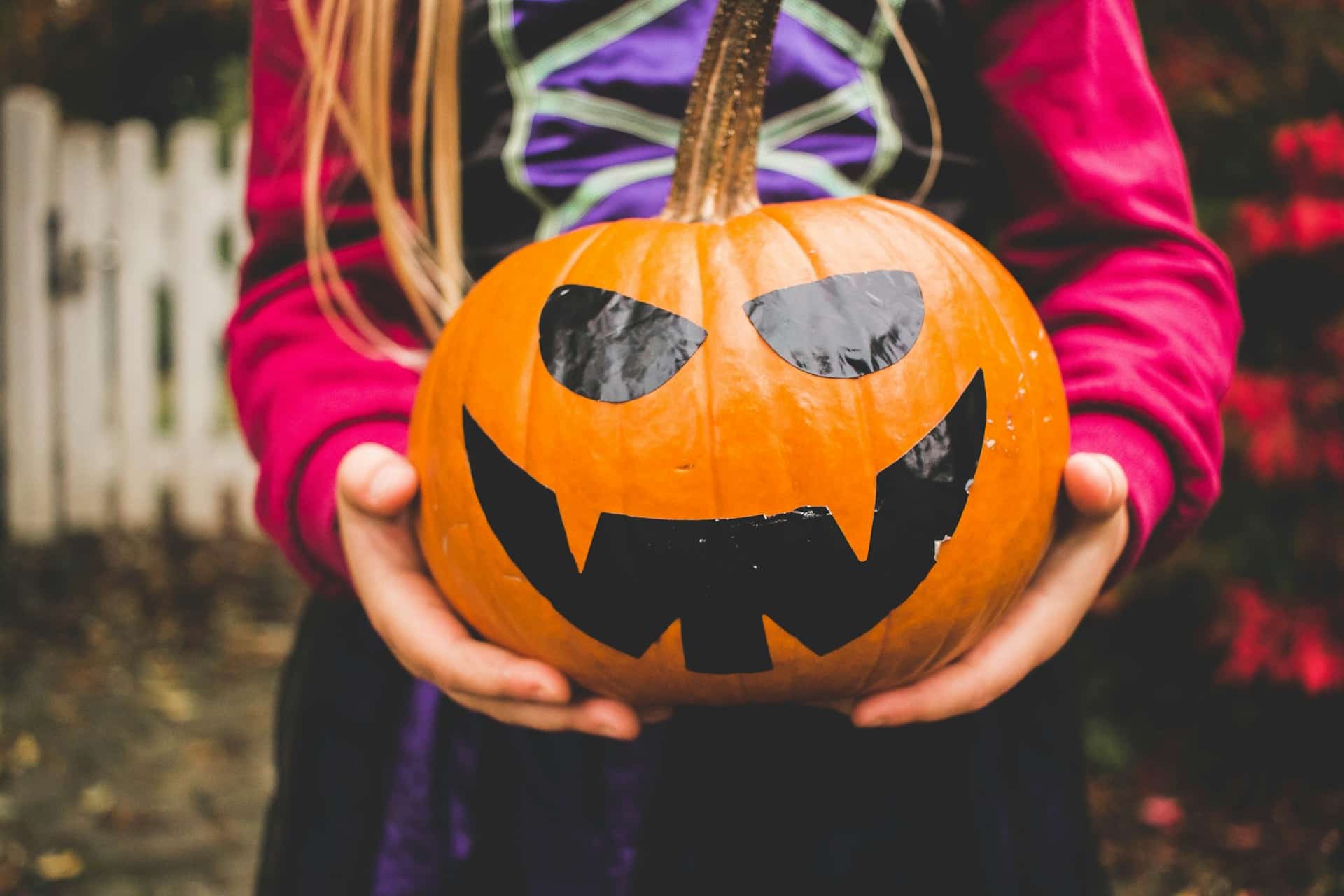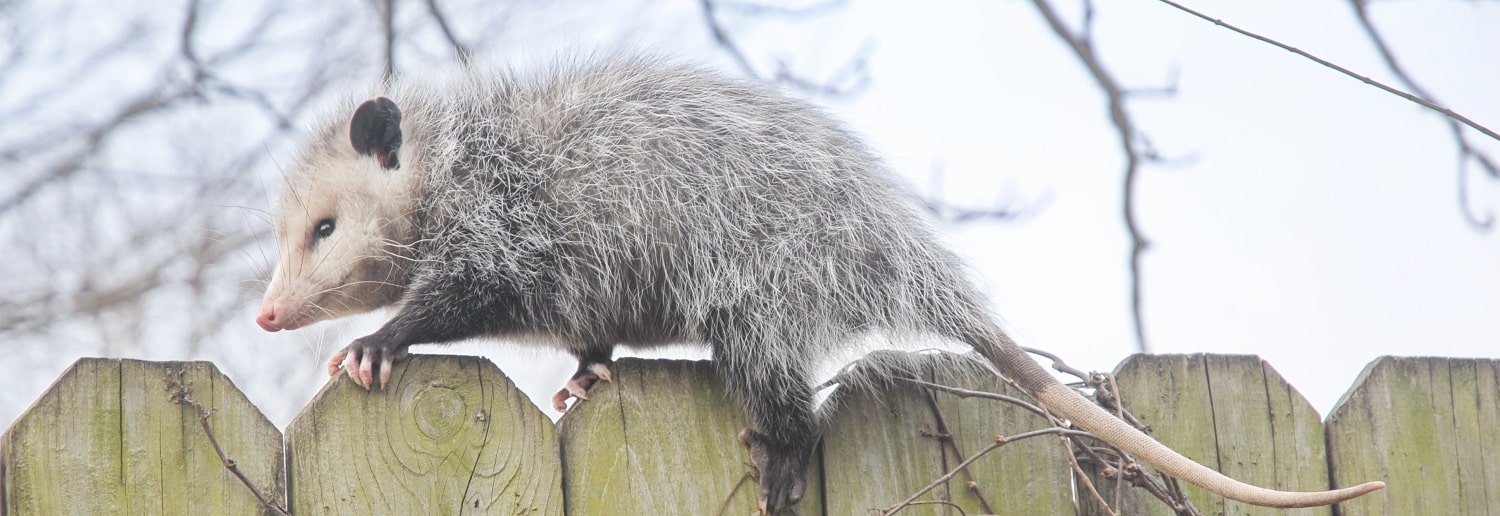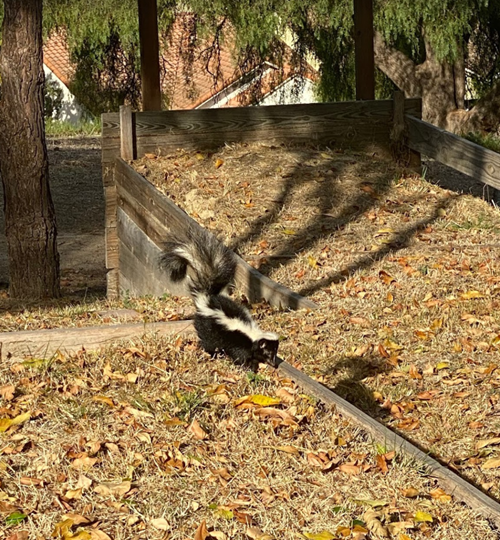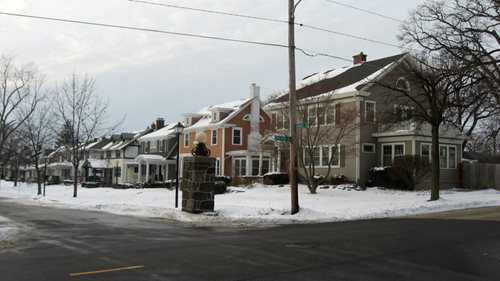Ask the Expert: How to Stop Squirrels Eating Your Pumpkin

View our comprehensive pest control and nuisance wildlife removal services.
Wildlife Removal Services OverviewLearn more about common problems and issues homeowners face with a nuisance wildlife issue.
Wildlife Library OverviewResolving wildlife and pest issues for customers for 40 years.
About us OverviewView our comprehensive pest control and nuisance wildlife removal services.
Wildlife Removal Services OverviewLearn more about common problems and issues homeowners face with a nuisance wildlife issue.
Wildlife Library OverviewResolving wildlife and pest issues for customers for 40 years.
About us OverviewMeg has over 13 years of experience in the wildlife industry. She started as a wildlife technician and was district manager and technical training manager supporting the Southeast Region. She currently is one of the company’s wildlife training managers. As one of the training managers, her primary focus is special projects and leading Women in Wildlife.




